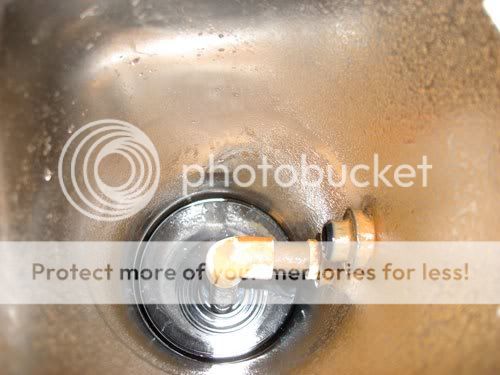Roti-Feast and Shellfish Diet are pretty thick solutions, Shelfish Diet in particular. The options for continuous dosing are syringe pump, a drip bucket of some sort, or a peristaltic dosing pump. A drip bucket would give you very little control of the dosing rate. The problem with a peristaltic dosing pump is that the tubing will start to clog with these rather thick solutions. With a peristaltic dosing pump, you would have to frequently run water through the tubing to keep it from gunking up. A syringe pump is a very simple device, doesn't have the potential for clogging that a peristaltic pump has, and can pump very thick and highly viscous solutions with relative ease at a precise dosing rate.


